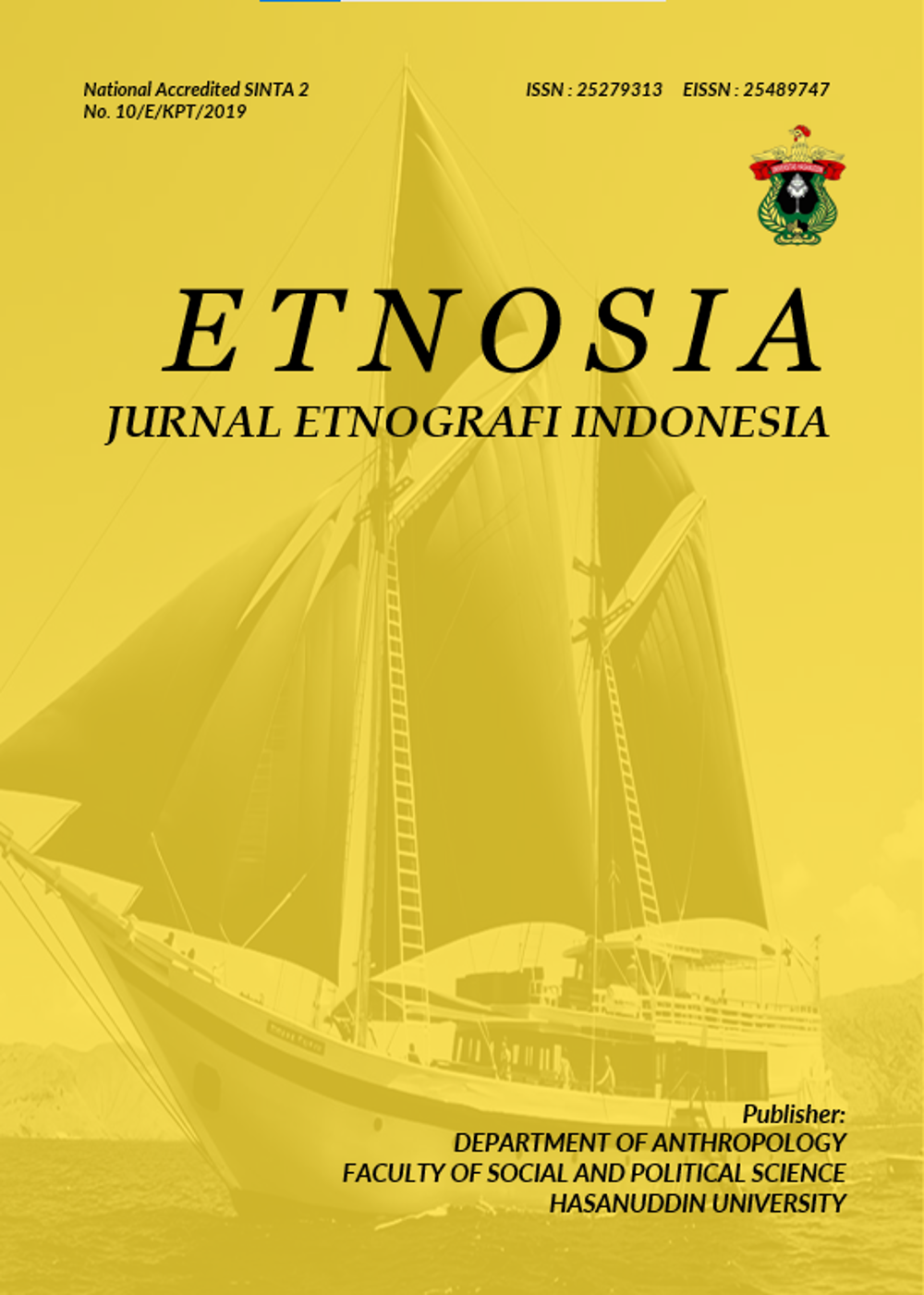Abstract
The book review reveals the issue of modernity from James Ferguson’s Expectation of Modernity: Myths and Meanings of Urban Life on the Zambian Copperbelt which is dismantling and heart-breaking. This well-written and thick seven chapters book is based on Ferguson’s ethnographic fieldwork in Copperbelt, Zambia, between 1970s-1990s. The book introduced what is called the ethnography of decline, a way of understanding people’s point of view about their own experience of social, cultural, and economic ‘advance’ and ‘decline’. A very hard task for ethnographers since they must deal with the situation instead of working with people. Related to that, Ferguson also explores a concept called ‘abjection’, a process of being thrown (down) aside, expelled or discarded. Using this concept, he claims that modernity is quite similar to colonialism which brings the dichotomy of ‘the west’ and ‘the rest’ where the west is ‘modern’ and the rest is ‘savage’. Thus, globalization of economy brought by modernization has been experienced as abjection and disconnection, leading to a conclusion that modernity is no more than a myth that would never exist.
References
Ferguson, J. (1999). Expectations of Modernity: Myths and Meanings of Urban Life on the Zambian Copperbelt. Berkeley: University of California.
Geertz, C. (1973). The Interpretation of Cultures. New York: Perseus Books Group.
Trouillot, M-R. (2002). North Atlantic Universals: analytical fictions 1492-1945’. South Atlantic Quarterly, 101(4): 839-858.
Trouillot, M-R. (2003). Global Transformations: Anthropology and the Modern World. New York: St Martin’s.
The Time When Zambia Tried to Go to Mars (https://www.youtube.com/watch?v=7TI9ixb-a5M) (accessed date: October 27th, 2020)

This work is licensed under a Creative Commons Attribution-NonCommercial 4.0 International License.
Copyright (c) 2021 ETNOSIA : Jurnal Etnografi Indonesia





